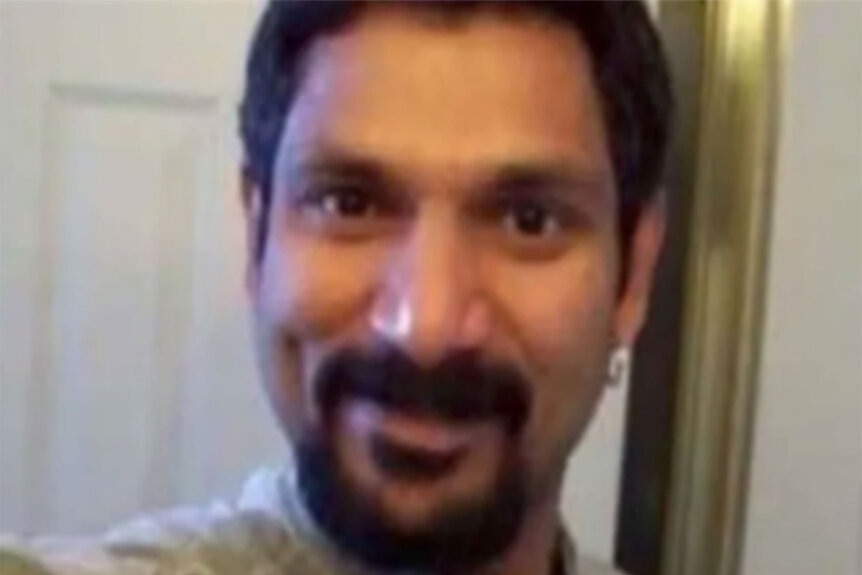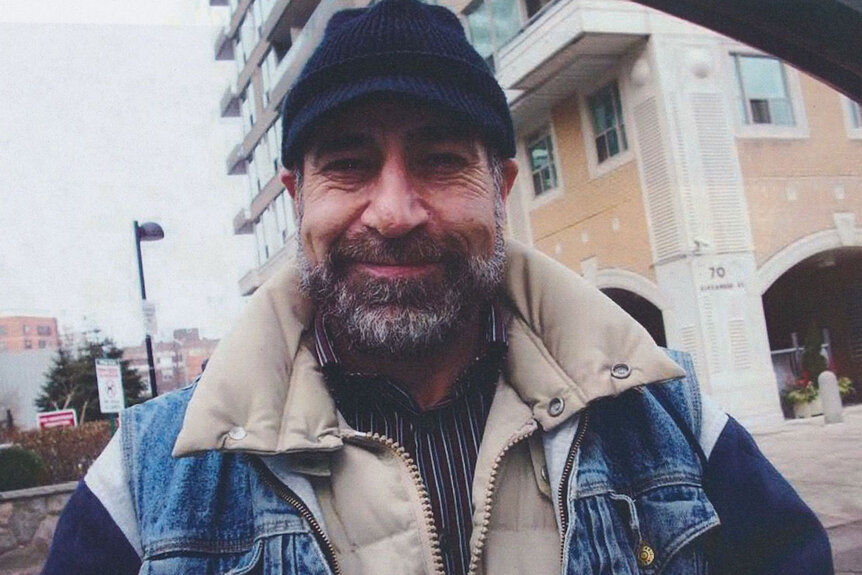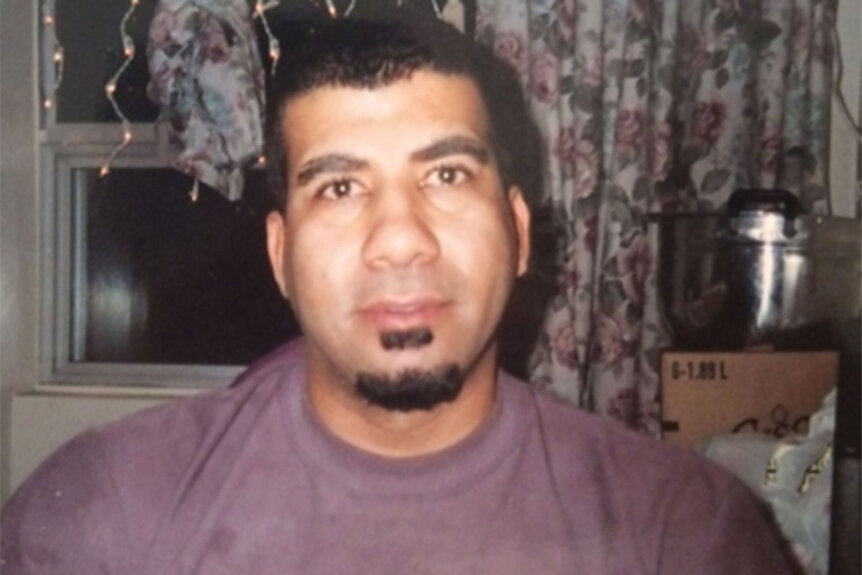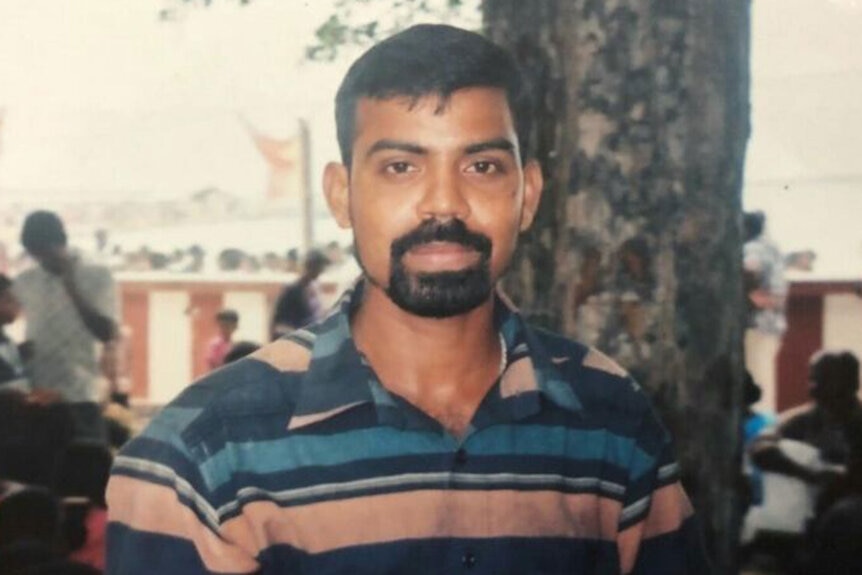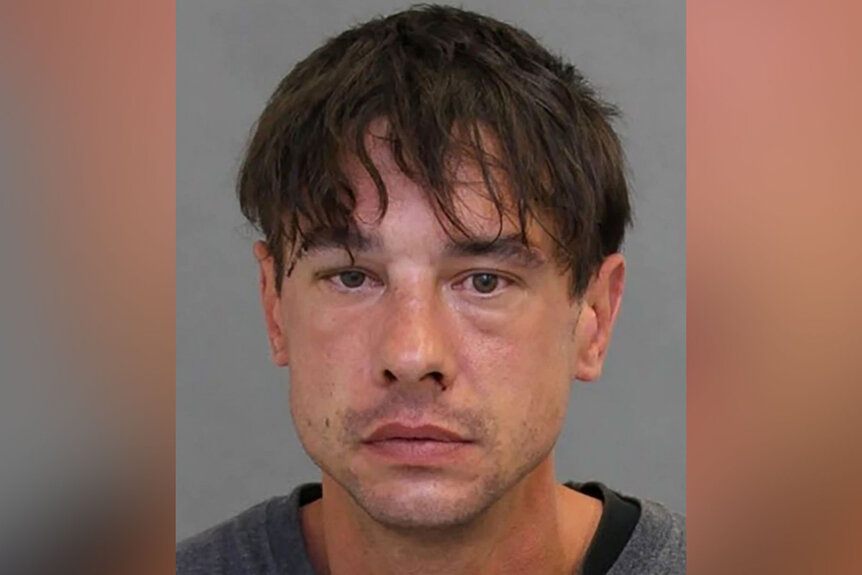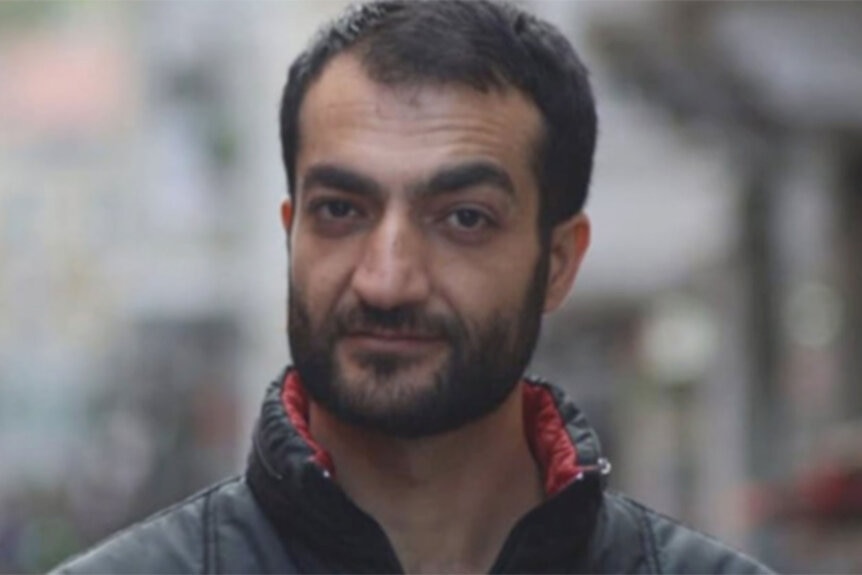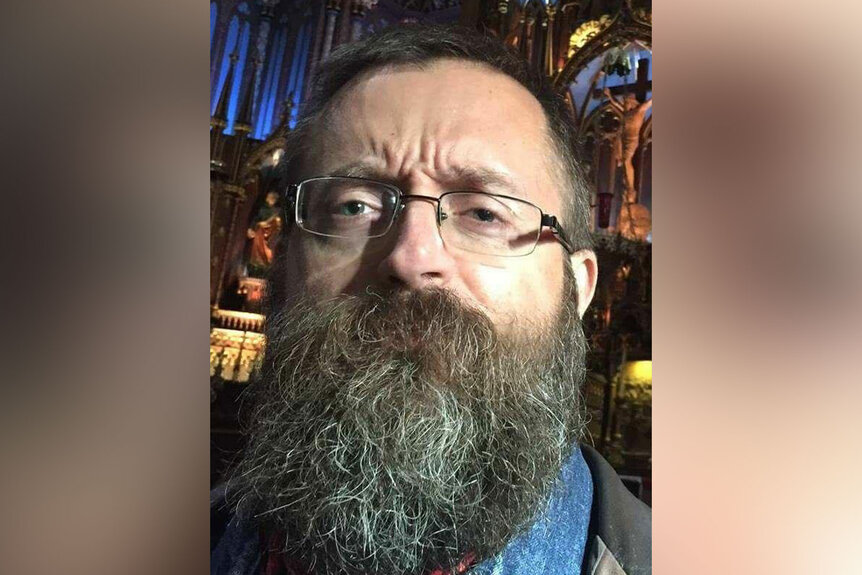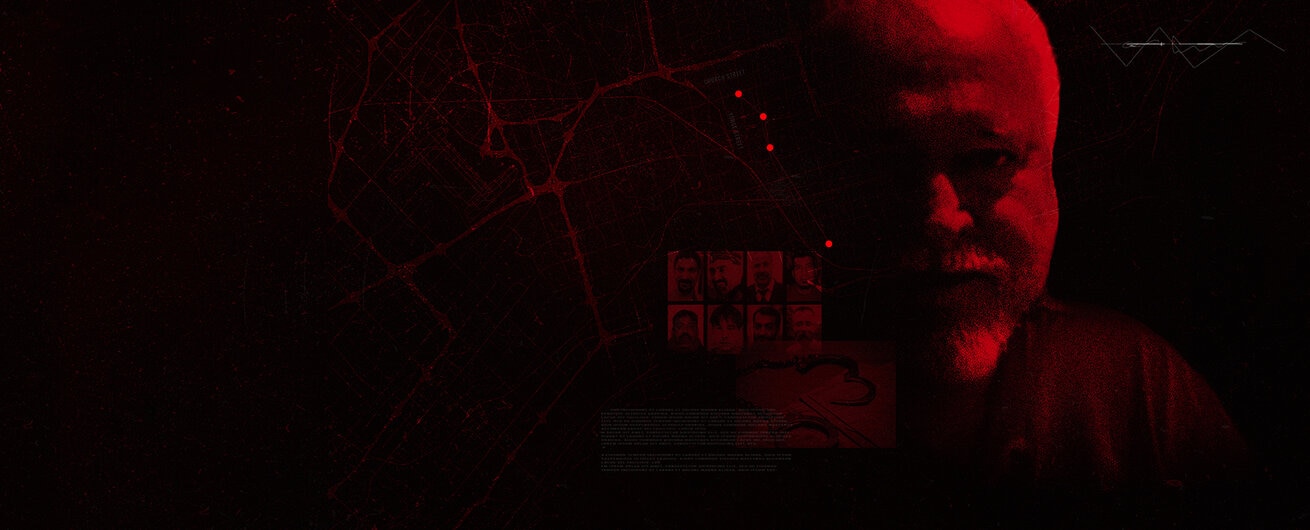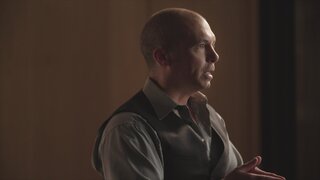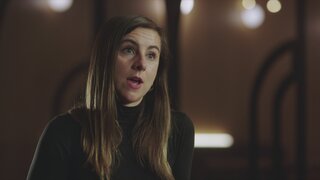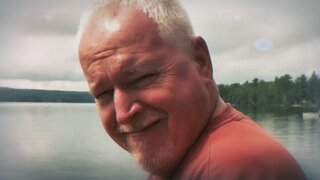Create a free profile to get unlimited access to exclusive videos, breaking news, sweepstakes, and more!
Who Were Serial Killer Bruce McArthur’s Victims? These 8 Men Were Killed Over 7 Years
Toronto serial killer Bruce McArthur preyed on vulnerable men in the city’s LGBTQ-friendly neighborhood, The Village.
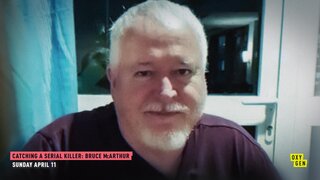
Former Toronto landscaper Bruce McArthur presented himself to the world as a man with a gift for making living things grow.
But in his chilling secret life, McArthur, 69, was a serial killer who dismembered some of his victims and buried body parts in planters around clients’ properties.
Between 2010 and 2017, he targeted the city’s LGBTQ-friendly neighborhood, The Village. His grisly homicidal spree is chronicled in “Catching a Serial Killer: Bruce McArthur,” airing Sunday, April 11 at 7/6c on Oxygen.
Convicted in 2019 and serving eight concurrent life sentences, McArthur preyed on the vulnerable, Wendy Gillis, Toronto Star Crime Reporter, told producers.
Some victims were refugees and immigrants. Some were openly gay, others were closeted. Some were homeless or had drug problems, reported The New York Times after his sentencing in 2019. When he was finally arrested in 2018, McArthur had his potential ninth victim bound to a bed. His killing spree was stopped just in time.
These are Bruce McArthur’s eight murder victims:
Skandaraj Navaratnam
Navaratnam, a 40-year-old from Sri Lanka, moved to Canada in the 1990s as a refugee and made a life for himself in the Toronto’s gay community, the BBC reported in 2019. He was McArthur’s first victim.
Navaratnam had a reputation for being “jovial and intelligent” and worked as a teaching assistant, victim advocate Haran Vijayanathan told producers. He struggled with coming out and had dated McArthur.
He was last seen leaving a nightclub, Zipperz. Before vanishing, he’d gotten a new puppy. When he failed to come home to his dog, friends reported him missing, according to the BBC.
Abdulbasir Faizi
Faizi, 42, split his life between Brompton, a Toronto suburb, where he lived with his wife and two daughters, and the Village, where he secretly socialized. His wife didn’t know he was gay, Gillis said.
Faizi worked at a printing company and was last seen at a bathhouse in the Village. His family reported him missing after he disappeared in December 2010.
At McArthur’s sentencing, Faizi’s wife described her struggles to support her children, who she said, “often still cry” for their father, according to the BBC.
Majeed Kayhan
Kayhan, 58, an Afghan immigrant, was believed to have led a double life — one with his family and the other in Toronto’s gay enclave, according to “Catching a Serial Killer.” He was reported missing by his adult son in October 2012.
McArthur said that he’d had a sexual relationship with Kayhan and employed him for a short time as a landscape assistant. Karen Fraser, a former client of McArthur, told producers she’d seen Kayhan working outdoors and that he seemed out of his element.
Kayhan’s disappearance, along with Navaratnam’s and Faizi’s, sparked Toronto Police’s short-lived investigation, Project Houston, the National Post reported in 2019. It ran from 2012 to 2014 and yielded no suspects.
Soroush Mahmudi
Mahmudi, 50, was a refugee from Iran. Married with children, he was reported missing by his wife in August 2015. She told the court at McArthur’s sentencing he had been her “soulmate,” the BBC reported.
Detective David Dickinson of the Toronto Police Service told producers that Mahmudi went to bed and was gone the next morning. The assumption was that he’d gone to work — but he was never seen alive again.
Kirushna Kumar Kanagaratnam
Kanagaratnam, 37, came from war-torn Sri Lanka to Canada seeking asylum and a better life in 2010.
Because he didn’t have refugee status, he’d been living underground, said Gillis. It wasn’t immediately apparent when he vanished. People thought he was in hiding.
Police have said it is not clear how Kanagaratnam came into contact with McArthur given he had no clear ties to Toronto's Village. Evidence suggests he was killed in January 2016.
Dean Lisowick
Lisowick, 47, loved life and adventures, yet he struggled with mental health and substance abuse, said Vijayanathan.
Unlike McArthur’s earlier victims, Lisowick, who was a sex worker, was never reported missing to the police. He was often in homeless shelters and struggled with mental illness, the BBC reported.
"I will always have to live with knowing that I will never have a relationship with my father,” his daughter said at the sentencing, according to the outlet.
Authorities think McArthur murdered Lisowick on or about April 23, 2016, according to The National Post.
Selim Esen
Esen, 44, came from Turkey to Canada in 2013 and settled into life in Toronto’s LGBT-friendly neighborhood.
“As a gay person, Selim wasn't happy living in Turkey,” Esen's brothers said in a June 2018 statement. “His tender and kind humanity came before everything else,” they added.
Esen, who faced struggles with substance abuse, was last seen alive on the evening of April 15, 2017, CBC News reported in 2018. He was reported missing by a friend.
Andrew Kinsman
Kinsman, 49, called “a gentle giant,” was a big, well-connected presence in the Village community. A building super, people quickly noticed that he was missing and alerted authorities in June 2017.
His disappearance mobilized the gay community and fueled rumors of a gay killer on the loose. Two months after he went missing, police launched the Project Prism task force to investigate his and Esen's disappearance.
Police believe Kinsman was sexually involved with McArthur and that he was killed on June 26, 2017. They found the entry “Bruce” in Kinsman's diary on that date, according to the BBC.
To learn more about the case, watch “Catching a Serial Killer: Bruce McArthur,” airing Sunday, April 11 at 7/6c on Oxygen.
